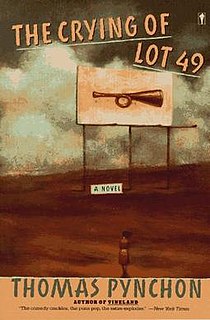
Before this year, I have never had to consciously set reading goals for myself. It was always something that I did for both education and pleasure, what I was drawn to in my spare time or, I'll admit it, sometimes as necessary escapism. Let's face it, a paperback is much cheaper than therapy, especially if it comes from your local library!
Now that I've returned to school, I am finding to my horror that I don't have time or energy to read for pleasure like I used to. Even as an undergraduate, I was always able to get some recreational reading done after my homework and as a bookseller, reading was literally my life. But when I spend the majority of your day having to sit and really focus on what I'm reading or writing, and when that material is generally of an academic nature, the last thing my body and mind want to do is sit and focus some more in whatever down time I have!
That being the case, this year I decided to participate for the first time in a group reading challenge. A few friends from across the US have teamed up with me, and we're all committed to reading the list that I posted above. Having a group to encourage my reading is really motivating me to keep broadening my literary horizons, and it reminds me that even when I'm exhausted, reading really is fun! Consciously choosing books that are (mostly) new to me, and seeing what others have selected, has gotten me excited for my 2016 reading in a way that my overworked grad student brain thought might be impossible.
If you want some extra motivation for reading this year, consider doing a reading challenge like this one. If the list I'm using doesn't suit you, consider this one from Book Riot or this one from Better World Books. See bits and pieces that you like from each? Create your own reading list! And do get a group of friends together to take on the reading challenge with you. You'll be surprised at how many of them also want to read more but don't feel they have time or motivation. Your arrangement doesn't have to be formal; you can get together every week for a book club sort of check-in while all reading the same book at once, or you can set up a group online to informally share what you've read, what you thought of it, and what's next on your list whenever you happen to check something off your list. A little bit of reading encouragement goes a long way, and the internet is a great resource for that even when your friends aren't all within book club distance. Make 2016 the year that you re-commit to reading!




